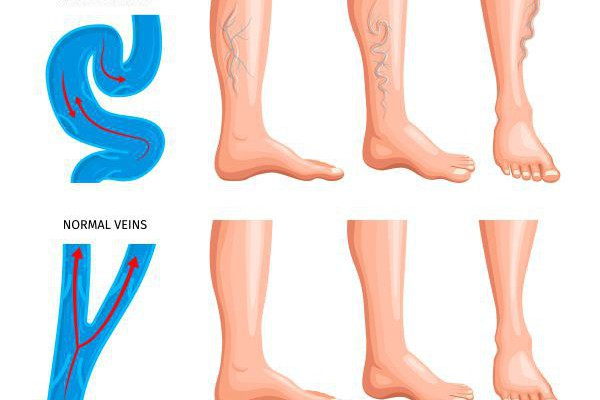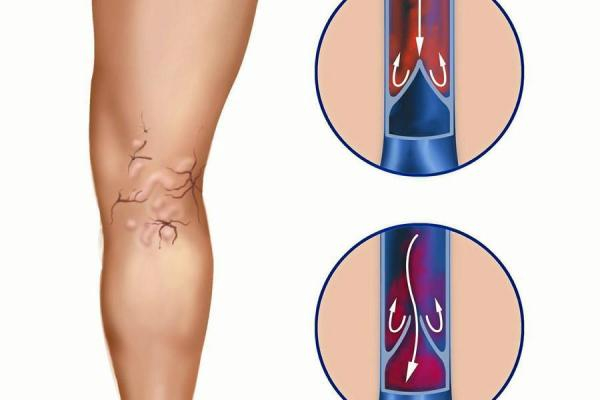Varicose veins or just dilated veins, how to understand?
Varicose veins and just dilated veins are not the same thing. Varicose veins occur when blood flow in a vein is disrupted and it is a disease. It happens due to the weakening of the venous walls and malfunction of the valves that help blood move up to the heart. As a result, the veins become visible under the skin, taking the form of curved and swollen nodes.
Dilated veins are not always a sign of varicose veins. This can be just a cosmetic defect that doesn’t cause serious discomfort. Such dilations are usually associated with:
- Genetic predisposition: Some people initially have visible veins that don’t cause problems and don’t require treatment.
- Hormonal changes: Women during pregnancy or menopause have dilated veins.
- Prolonged standing or sitting: professional activity, connected with prolonged stay in one position can contribute to the appearance of dilated veins.
If you feel pain, heaviness in your legs or notice swelling, it may indicate to varicose veins. Moreover, pain and redness is an indication for an emergency consultation with a phlebologist and an ultrasound of the leg veins as it may be a sign of acute venous thrombosis.

Dilated veins don’t cause any discomfort.
To make an accurate diagnosis, it is necessary to conduct an ultrasound examination of the veins Dubai to determine the condition of the tissues and blood flow. This is a safe and painless procedure that has no side effects and contraindications. It is performed in 15-30 minutes.
Reflux (reverse movement of blood through the veins) is one of the key criteria for diagnosing varicose veins. With varicose veins, due to disruptions in the functioning of the venous valves, the blood begins to move in the opposite direction, which leads to blood stagnation and additional expansion of the veins. Ultrasound examination (ultrasound) of veins is the only accurate method for detecting reflux and other problems associated with varicose veins.
- Ultrasound allows you to visualize blood flow in the veins and detect areas where blood flows in the opposite direction. It helps to determine the degree of disfunction of the venous valves.
- Ultrasound can be used to assess if the veins are dilated a lot and how this affects to the overall venous blood flow. It is important for choosing the optimal treatment tactics.
- Ultrasound can also detect the presence of blood clots in the veins, what can be a complication of varicose veins. It will help to prevent serious consequences such as thrombophlebitis.
At the Phlebology Clinic of Dr. Popovtsev, you can get a quick and safe diagnosis of venous diseases. Ultrasound is performed by Surgeon - Phlebologist, Ph.D , Dr. Maxim Popovtsev, and the treatment itself is carried out using non-surgical methods that ensure rapid recovery and minimize discomfort.

Your health is the most important - book a consultation today!












